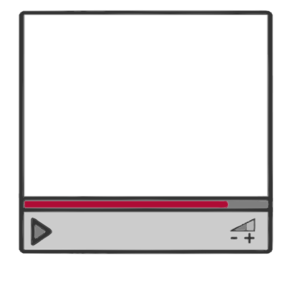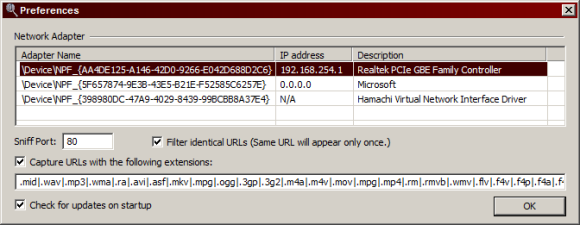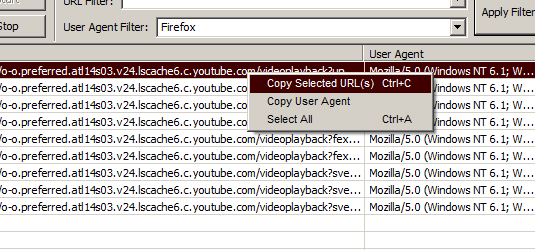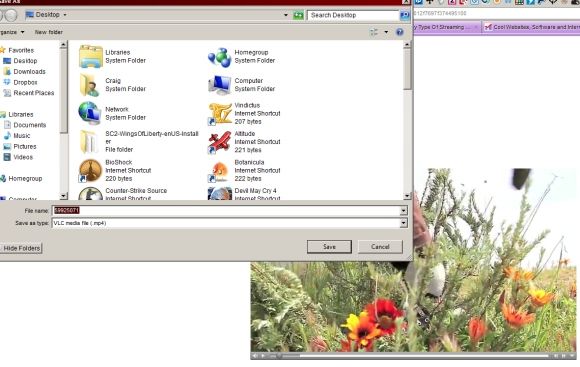When we find something we enjoy on the Internet, we often want to hoard it for ourselves and keep it forever (be it legal or not). The most frequent and obvious of this type of behavior is when people are begging to know how to save YouTube videos to their hard drive. You've probably done that once or twice by now through means of browser extension or a third-party website.
Using those sort of services is completely fine, but you'll eventually run into a snag. There are a lot of websites that support YouTube's format and it makes the downloading of files extremely easy. Then there are other video and information networks that don't allow you any practical way to snatch what you want. For these types of websites, I recommend Media Sniffer.
Media Sniffer sniffs your traffic at the network level, ensuring that any piece of media you experience (since downloaded and cached) show up as available for keeps. You'll need to install WinPcap to allow Media Sniffer to work properly.
It's important to know which network interface to sniff and analyze. Generally, the interface that displays your local IP address is the right pick. At this Preferences window, you can also determine exactly what network traffic is being captured. If you want just movies, you can limit those separate file extensions. If you want just zipped archives, that's fine also. Port 80 is the default port for HTTP traffic.
More than just the narrowing of filetypes, you're also able to determine what specific URLs the media can be found from, and under what user agent (or browser). That means you can be browsing casually using Chrome, and sniffing using Firefox.
Once you're comfortable with how you've got it configured, take it for a spin. If movies are being whitelisted in your settings, go sit through a few seconds of a YouTube video. You should then see something like the following:
From there, you can copy the URL to directly access the file. Keep in mind that certain websites (like, as we'll see in this failure of an example, YouTube) use a CDN with expiring keys and other forms of encryption and protection. Pasting the URL into your browser will cause nothing more than an empty video object to show up. This does not happen very often and you'll only notice it as a problem with huge media networks such as YouTube. The smaller fish are easier to pick off.
I think it's nice to keep Media Sniffer up (or docked in the system tray) when browsing around online, allowing it to catch everything that you may eventually want to save and keep. It's a very small application that doesn't take up many resources at all.
We're able to make a much better example out of Twitvid, a smaller video-hosting website. Go to Twitvid (no longer available)>, start capturing, and play any video. You'll instantly notice it pop up in the captured URLs.
Again, just right click, copy, and paste into your browser. It'll take you to the raw MP4 file. Depending on what browser plugins you have installed, you can either play it through your browser, or it'll automatically prompt to save. If it plays in the browser, just go to File and you can save it from there.
Anything that comes through your browser makes it through the network, and is therefore open to manipulation through Media Sniffer. It doesn't matter if it's streaming audio, video, Flash content, etc. It's as simple as starting Media Sniffer up, allowing the media to play, and then copy/pasting the parsed URL into your browser and hoping that the raw content isn't obfuscated in some crazy way that won't allow you to save it. Keep your fingers crossed.








